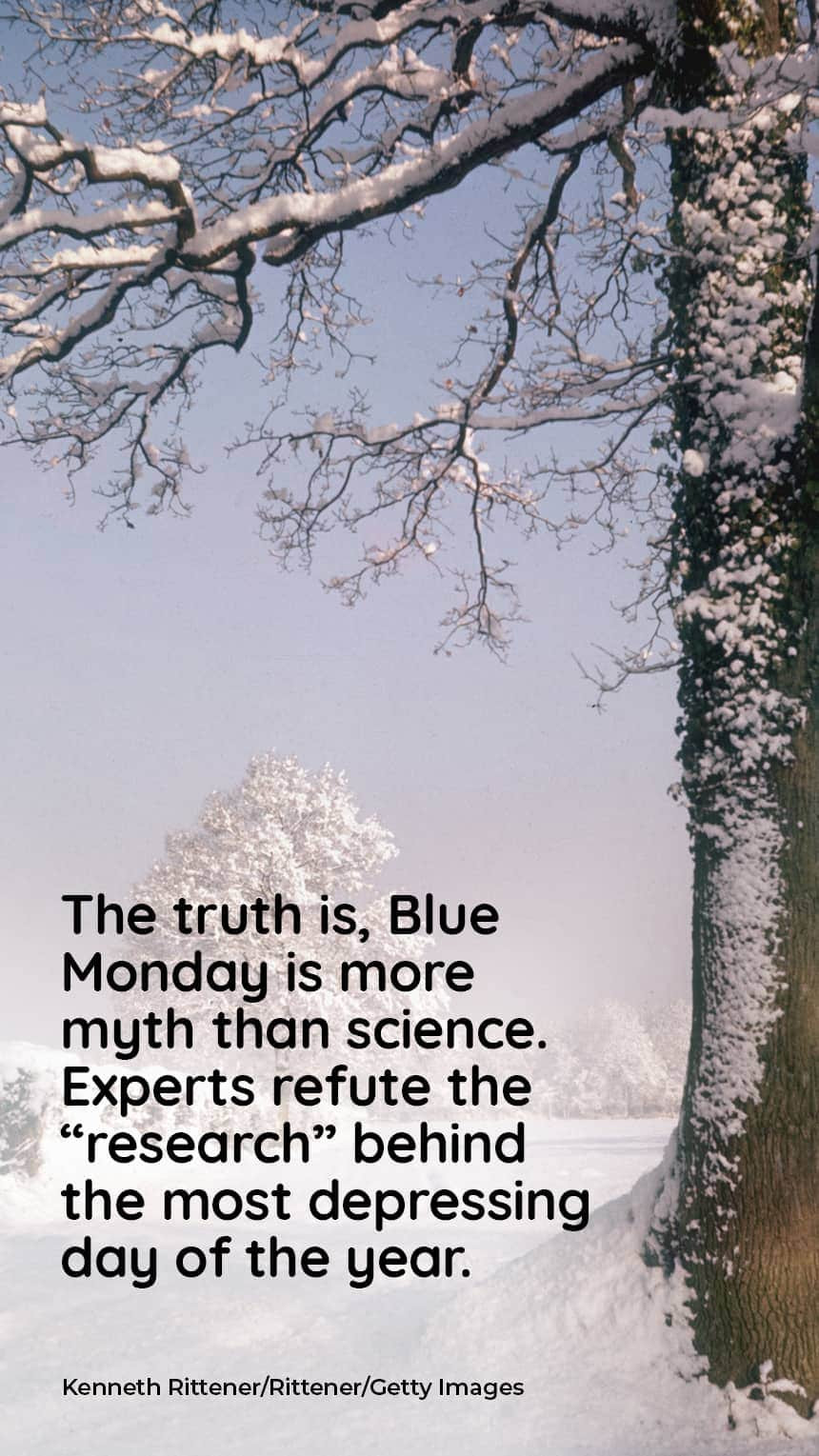Is Blue Monday Really the Saddest Day? Unraveling the Myth
If your spirits are a little lower than usual this Monday, January 20th, there's a widely circulated explanation: it's Blue Monday, supposedly the saddest day of the year. But is this claim rooted in reality, or is it just a clever marketing ploy?
The Genesis of Blue Monday: A Marketing Masterpiece?
The concept of Blue Monday emerged in 2005, courtesy of a UK travel agency, Sky Travel. They commissioned psychologist Cliff Arnall to develop a formula purportedly identifying the most depressing day of the year – a formula designed to boost their holiday sales. The formula, W+(D-d) x TQ / M x NA, was presented as a scientific approach, incorporating weather (W), debt (D), monthly salary (d), time since Christmas (T), failed resolutions (Q), motivation (M), and the need for action (NA). This equation, however, lacks rigorous scientific backing, and its creation was primarily driven by a marketing objective.
The Formula's Flawed Logic and Absence of Empirical Evidence
Arnall's formula, despite its complex appearance, lacks empirical evidence. The variables are subjective and not consistently measurable, rendering any conclusions drawn from it unreliable. Moreover, assigning a single day as universally the saddest for everyone disregards the complexities of human emotions and mental health. The inherent variability of individual experiences contradicts the formula's simplistic assertion. While debt, weather, and post-holiday letdown can contribute to negative feelings, these factors don't uniformly affect everyone on a specific day.
Beyond Blue Monday: The Reality of Seasonal Affective Disorder and Winter Blues
While Blue Monday lacks scientific validity, it inadvertently highlights a real phenomenon: the prevalence of negative emotions during the winter months. Seasonal Affective Disorder (SAD) is a form of depression that occurs seasonally, primarily in winter. It affects about 5% of US adults, impacting them for about 40% of the year, according to the American Psychiatric Association. SAD is linked to reduced sunlight exposure, impacting serotonin and melatonin levels, which regulate mood and sleep. The January blues, even without a formal SAD diagnosis, can be common due to factors such as reduced daylight, financial strain after the holidays, and the general bleakness of winter weather.
The Power of Suggestion and Self-fulfilling Prophecies
The widespread publicity surrounding Blue Monday can create a self-fulfilling prophecy. The mere anticipation of feeling down can heighten the chances of experiencing negative emotions. This underscores the significant impact of suggestion on our mental and emotional states. It's crucial to acknowledge that our expectations can influence our feelings, making it important to challenge negative narratives surrounding a particular day.
Countering the Negativity: Self-Care and Mental Well-being Strategies
The potential benefit of Blue Monday lies in its raising awareness about winter's impact on mental health. It's an opportune time to focus on self-care. This involves prioritizing activities that promote well-being, such as regular exercise, healthy eating, sufficient sleep, and spending time outdoors, even in inclement weather. It's also critical to maintain perspective; a challenging day or week doesn't dictate the entire year.
Embracing the Unexpected and Focusing on Resilience
Life is full of ups and downs. Instead of focusing on a singular day as inherently negative, it's better to adopt a resilient mindset, acknowledging and managing negative emotions effectively. Focusing on self-care, healthy habits, and supportive connections can buffer the impact of occasional low moods. It is critical to understand that mental health is complex and not a one-size-fits-all experience.
Reframing the Narrative: Rain, Renewal, and the Unexpected Joys of January
The narrative around Blue Monday often links negativity to the weather, specifically rain. However, rain can also be seen as a source of renewal and rejuvenation. Research suggests negative ions released during rainfall can have mood-boosting effects, contradicting the commonly held view of rain as inherently depressing. Engaging with the outdoors, whether it's a walk in the rain or simply observing it, can bring a sense of presence and connection to nature, counteracting the negative feelings associated with the winter months.
The Magic of Letting Go: Finding Happiness in the Present Moment
Ultimately, the 'saddest day' narrative is a simplification that risks trivializing mental health concerns. Instead of succumbing to pre-conceived notions, it’s vital to acknowledge our feelings, prioritize self-care, and cultivate resilience. While January might bring challenges, it also offers opportunities for growth, reflection, and the unexpected joys of a new beginning.
This January, let’s move beyond the manufactured negativity of Blue Monday and embrace the potential for positive change, personal growth, and the inherent beauty of each day, regardless of its supposed designation. Let the rain wash away the negativity, and embrace the potential for inner strength and resilience.



















